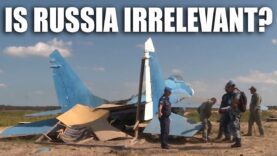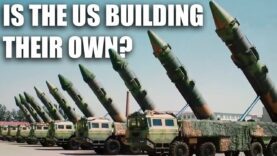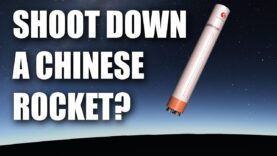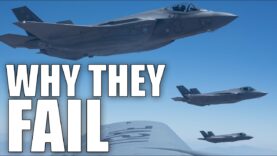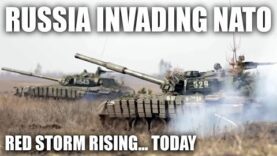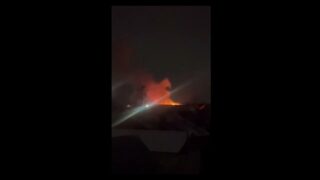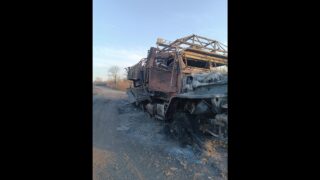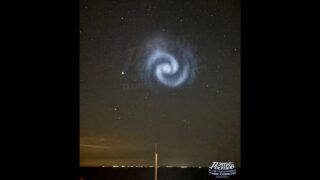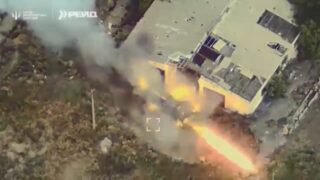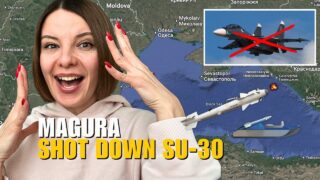Could the US Have Shot Down China’s Falling Rocket?
Could the US Have Shot Down China’s Falling Rocket?
Video Summary
The Long March 5 rocket, the largest operated by China, can carry a payload of 25 tons into orbit, making it comparable to Russia’s Angara A5, Proton M, and SpaceX’s Falcon 9. The rocket’s first stage was designed without an upper stage, which would normally be used to control the booster’s descent into the atmosphere. Normally, rockets are designed to de-orbit and land in an unpopulated area, but for reasons unknown, China chose not to or couldn’t do this with the Long March 5.
Estimates of the rocket’s re-entry time varied greatly, initially ranging over a week, then narrowing down to days, and finally to hours. As the rocket tumbled down to Earth, its altitude and speed made it difficult to predict its impact zone. The atmosphere’s thinness at high altitudes meant that small changes in calculation could significantly alter the rocket’s trajectory. As it got lower, the atmosphere became thicker, making it easier to predict, but not until hours before re-entry.
The world is mostly made up of open ocean (71%) and unpopulated landmasses, such as the Sahara Desert, which is larger than the United States. The chances of the rocket hitting a populated area are extremely low, making it likely unnecessary to attempt to shoot it down. Even if we knew exactly where it would land, having a ship or missile defense ready in time would be nearly impossible.
Let’s say, for the sake of argument, that we could shoot it down just minutes before impact. Rocket boosters are not aerodynamic and would slow down quickly, reaching subsonic speeds (4-6,000 km/h). It’s possible to hit it with a surface-to-air missile like the SM-6, which has been around for over 70 years. However, this assumes intact debris would be created, which is often not the case.
The US has already shot down two satellites in space, making it possible to hit objects in the in-between altitude area (endo-atmospheric and exo-atmospheric). The US may have Fad and SM-3 interceptors capable of shooting down warheads at these altitudes. However, rocket boosters would pose a unique challenge, especially when tumbling. Ultimately, trying to shoot down a rocket booster might not be worth the risk, as the odds of it hitting a populated area are extremely low.



